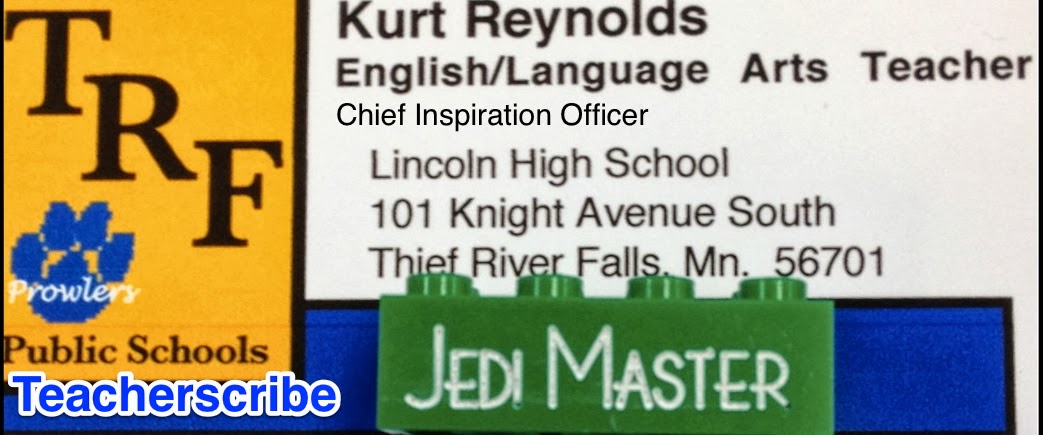What is your why?
This is a little bit like Lisa Earl McCloud’s Noble Selling Purpose (well, for us, it’s our noble teaching purpose).
The overall premise is this -
for those of us who want to have a lasting impact on others (and this could be for teachers, business people, leaders, parents), the key thing to realize yourself and to communicate to others is your “why.”
Sinek calls it the “golden circle.”
Think of a target. The outer ring is your “what.” We all know what we do. For teachers, it’s produce students who are college and career ready (whatever that means, right?).
The next circle is the “how.” Most actually don’t give a lot of thought to this. Again for teachers, “how” do we get our students college and career ready? Boring lecture. Prescripted curriculum packets? Worksheets? Group work projects? Tests? Cross-word puzzles? Busy work?
Finally, in the center is the vital “why.” Very few - according to Sinek - ever even think about this. The point here is why do you exist? Why do you do what you do? Again for teachers, why do you wake up in the morning and go to school?
If that answer is to get a paycheck or summers off or to coach or something a long those lines, you aren’t going to inspire your students (or customers).
Nobody ever gets fired up (in any business or service industry) by people just “doing their job.”
And this is where most people and businesses screw it up.
They start with the what and work their way in (if they even know what their how and why are).
What people and businesses should do is start with their “why” first and then work their way out.
Sinek offers contrasting examples -
In the area of business - TiVo vs. apple
TiVo has the best product on the market when it comes to recording live TV. But they started with the “what.” Their slogan was we have a device that lets you record live TV (their what). You can skip over commercials and never miss any of your favorite shows (their unclear how). Want to buy one (their very uninspiring why).
And TiVo has been a disaster, though their name is synonymous with recording live TV or every generic DVR. I “TiVo” programs all the time on my craptacular DVR from Sjoberg’s all the time!
Now apple is a company that gets it right -
They could be tradition and start with the what (we produce elegant and remarkable devices). They could list tech specs (remember when the Lisa came out Jobs had a 9 page add listing all the tech specs . . . and the Lisa - named after his daughter - was a total disaster and led to him getting canned form apple!).
Then they could hit you with their why (want to buy one?).
Instead they start with their why (and it’s not that they want you to buy one). Apple’s why is this - If you are one of the few who think different, then we have a product for you.
Then they hit you with their how . . . with the iPhone or apple watch or MacBook Air or iPad you will be more creative, more independent, more rebellious, more human . . .
Finally, they hit you with their what: want to buy one?
And there is no question that apple has been insanely successful.
But this isn’t just for companies. Google Samuel Peirpont Langley vs. the Wright brothers in the quest for flight.
Langley operated from what, how, and why (ultimately to get famous and rich). The Wright brothers, though, operated from why (to be the first humans to achieve flight and to make the world a smaller place), how, and what.
And that’s why you likely have never ever heard of Langley!
So how does this apply to teaching?
As Sinek notes, companies and leaders that excel not only communicate their why successfully, but they also start with why and communicate from the inside out.
Traditionally, schools start with what, go to how, and (maybe) get to why.
What - graduate students who are college and career ready
How - Lectures, notes, tests, readings . . .
Why - That’s who it’s always been done . . . That’s how we were taught . . .
Here is how it works with me -
My why - help students find their (and revel in) their elements.
My how - by reading and writing and discussing as much as we possibly can as co-learners (what I call “inspiration through perspiration”).
My what - linchpins who can survive the dips.
I share this with my students every day during the first week of class.
So what is your why? How do you communicate it to your students? I’d love to hear from you!


No comments:
Post a Comment